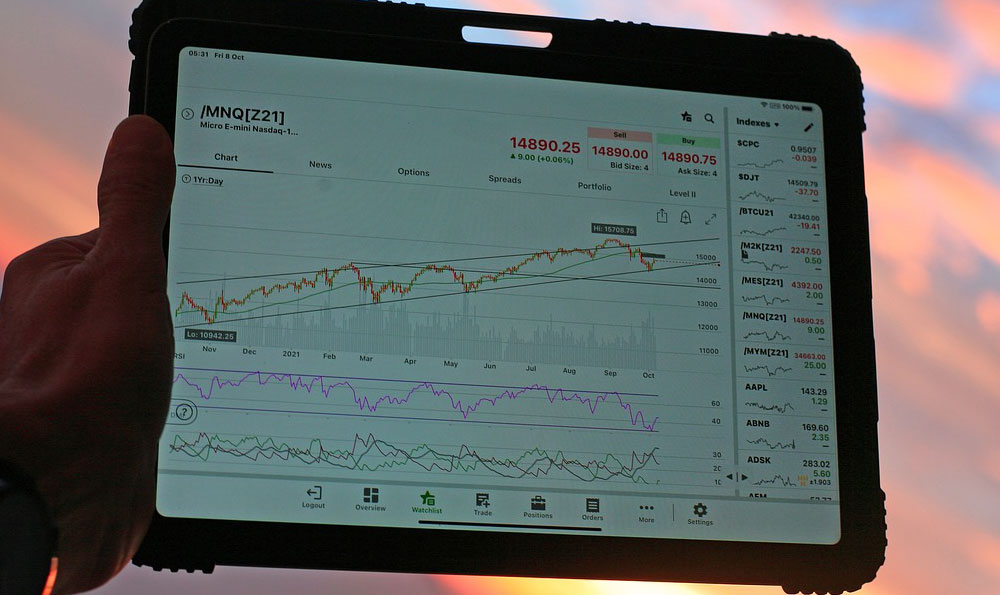Unlocking the revenue potential of YouTube is a question that perpetually buzzes in the minds of content creators, from hobbyists dreaming of turning their passion into a career to established businesses seeking to expand their brand reach. The answer, however, isn't a simple, definitive number. It's a multifaceted equation influenced by a complex interplay of factors, each playing a vital role in determining your channel's profitability.
One of the primary drivers of YouTube income is the ad revenue generated through the YouTube Partner Program (YPP). To even be eligible for this program, a channel must meet specific criteria: accumulating at least 1,000 subscribers and achieving 4,000 valid watch hours within the past 12 months. Once admitted, creators can monetize their videos by displaying various types of ads – display ads, overlay ads, sponsored cards, skippable video ads, and non-skippable video ads.
The revenue generated from these ads is calculated using a metric known as CPM (Cost Per Mille, or cost per thousand impressions) and RPM (Revenue Per Mille, or revenue per thousand views). CPM represents the amount advertisers pay YouTube for every 1,000 ad impressions, while RPM reflects the actual revenue the creator receives after YouTube takes its cut (typically around 45%). CPM and RPM values vary significantly depending on numerous elements.

The niche or content category a channel occupies has a substantial impact. Finance, business, and technology channels often attract higher CPMs because advertisers in these sectors are willing to pay more to reach a financially engaged and influential audience. Conversely, channels focusing on gaming, entertainment, or vlogging might experience lower CPMs due to a broader audience and potentially less lucrative advertising opportunities.
Geographic location plays a pivotal role. Views originating from countries with higher advertising rates, such as the United States, Canada, the United Kingdom, and Australia, generally contribute more to revenue than views from countries with lower ad rates. This is because advertisers in wealthier nations are typically willing to invest more in reaching their target demographic. Therefore, a channel with a significant audience in these regions stands to earn considerably more.
Audience demographics also influence CPM and RPM. Advertisers tailor their campaigns to specific age groups, genders, interests, and purchasing habits. If a channel's audience aligns with a demographic highly sought after by advertisers (e.g., affluent millennials interested in technology or young adults interested in fashion), the CPM and RPM will likely be higher. Analyzing audience demographics using YouTube Analytics is crucial for understanding potential revenue opportunities.
The length of a video impacts ad revenue. Longer videos, especially those exceeding 8 minutes, allow creators to place multiple ad breaks within the content. This strategy maximizes the number of ad impressions and, consequently, the potential revenue. However, it's essential to strategically place these ad breaks to avoid disrupting the viewing experience and alienating the audience. Poorly placed ads can lead to viewer drop-off and negatively impact overall watch time.
Engagement metrics, such as watch time, likes, comments, and shares, influence a video's performance in YouTube's algorithm. Videos with high watch time and strong engagement signals are more likely to be recommended to a wider audience, leading to increased views and, ultimately, higher revenue. Creating compelling content that keeps viewers engaged from start to finish is paramount for maximizing earning potential.
Beyond ad revenue, YouTube offers other avenues for monetization. Channel memberships allow viewers to support creators directly through recurring monthly payments in exchange for exclusive perks like badges, custom emojis, and members-only content. This provides a stable and predictable revenue stream for creators with a dedicated fanbase.
Merchandise shelves enable creators to sell branded products, such as t-shirts, mugs, and phone cases, directly to their audience. This can be a lucrative option for channels with strong brand recognition and a loyal following. Promoting merchandise effectively within videos and on social media is crucial for driving sales.
Super Chat and Super Stickers allow viewers to purchase highlighted messages in live chat streams, ensuring their comments are seen by the creator and other viewers. This is particularly effective during live Q&A sessions, tutorials, and gaming streams.
Affiliate marketing involves promoting products or services from other companies in exchange for a commission on sales generated through unique affiliate links. This can be a highly profitable strategy for channels that provide reviews, tutorials, or recommendations related to specific products or services. Transparency and disclosure are crucial for maintaining trust with the audience.
Sponsorships and brand deals represent another significant revenue stream. Companies may pay creators to feature their products or services in videos, providing exposure to a targeted audience. Securing sponsorships requires building a strong brand, demonstrating consistent audience engagement, and establishing credibility within a specific niche.
The actual amount one can earn on YouTube varies dramatically. A small channel with a few thousand subscribers might earn only a few dollars per month from ad revenue, while a larger channel with millions of subscribers can generate substantial income from a combination of ad revenue, channel memberships, merchandise sales, sponsorships, and affiliate marketing. It is also vital to consider the investment costs of producing content. High-quality videos may require expensive equipment, editing software, and potentially even hiring video editors or other staff.
Ultimately, success on YouTube hinges on a combination of factors: creating high-quality, engaging content; building a loyal audience; understanding the nuances of the YouTube algorithm; and diversifying revenue streams. There's no magic number for earnings. Diligence, perseverance, and a data-driven approach are essential for unlocking YouTube's true financial potential. Constant analysis of YouTube analytics, competitor analysis, and adaptation of content strategy are key to sustainable growth and maximizing revenue generation. The landscape is constantly evolving, so continuous learning and adaptation are vital for long-term success.












